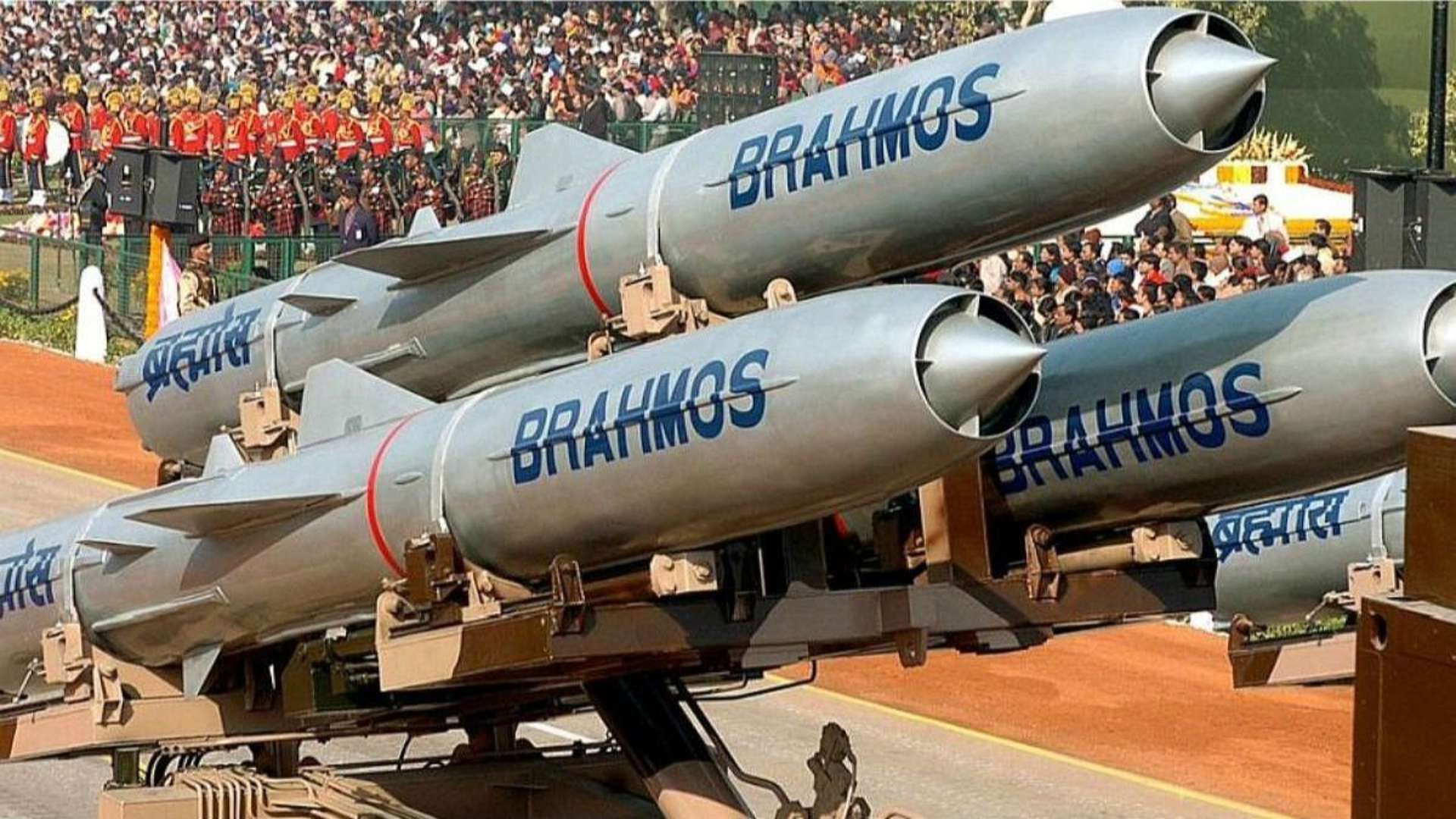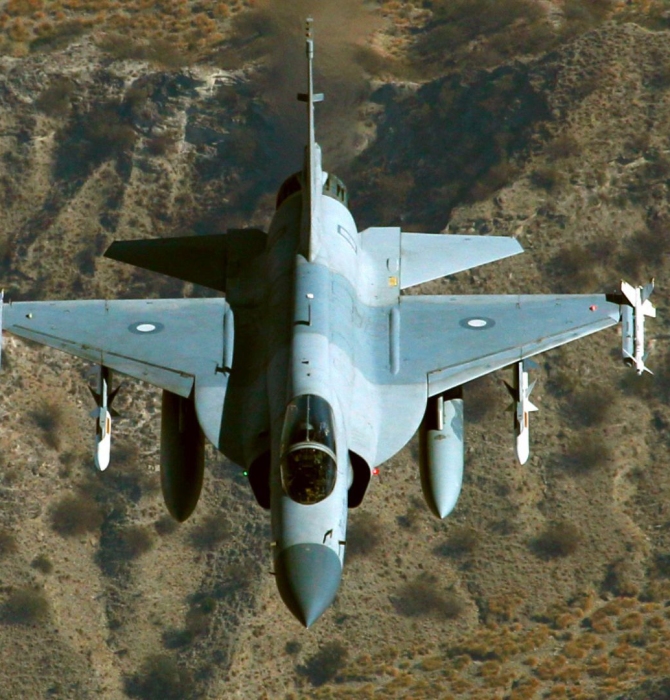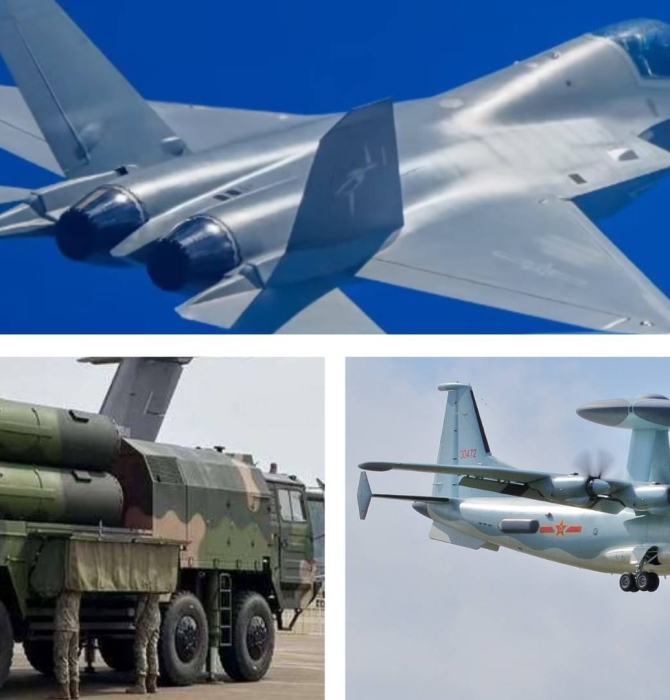3129Views

Defence Uncut | Pakistan Has a Serious BrahMos Problem
Following the recent Indo-Pak conflict, which saw established paradigms tested and new threats emerge, one capability, in particular, underscored a critical vulnerability for Pakistan: India’s BrahMos supersonic cruise missile (SSCM).
As we detailed in our previous episode, Pakistan’s air defence system did not stop the BrahMos SSCM at limited scale, even though India likely expelled some of its oldest missile stocks with an older-generation seeker and electronics stack. If India were to use its newer missiles at large-scale the Pakistan Air Force’s (PAF) ability to mount any form of air power would, in all likelihood, be rapidly deprecated.
In this second episode of Defence Uncut, we delve deeper into the specific threat posed by the BrahMos. This missile system, a joint Indo-Russian venture that increasingly reflects India’s expanding indigenous defence R&D and production base, is not a static threat.
It is an evolving capability with significant implications for regional security dynamics and Pakistan’s defensive strategy.
The BrahMos: An Evolving Multi-Domain Threat
The BrahMos is a versatile supersonic cruise missile, initially conceived as an anti-ship weapon. However, it has since matured into a multi-platform, multi-role system.
According to the details discussed in our latest podcast episode, approximately 76% of the BrahMos was developed with Indian inputs by 2024, a figure projected to rise to 85%. This highlights a robust domestic capacity to enhance and produce the system.
Beyond its original surface-launched anti-ship variant, the BrahMos includes sub-surface and air-launched versions. The air-launched BrahMos-A, deployed from the Indian Air Force’s Sukhoi Su-30MKI multi-role fighters, was a factor in the recent conflict.
Overall, the BrahMos grants India significant operational flexibility, allowing for stand-off strikes against critical infrastructure, including Pakistan Air Force (PAF) airbases, thereby threatening assets even before they can be brought into play.
Further development is ongoing, with plans to extend the BrahMos’s range, create a more compact and lighter version for integration with a broader range of IAF fighters like the Tejas, and, most notably, develop a hypersonic successor, the BrahMos-II.
This continuous evolution ensures the BrahMos will remain a pressing concern for Pakistani defence planners. The combination of supersonic speed, low-altitude flight profile, and precision guidance makes it a formidable challenge for conventional air defence systems.
India’s commitment to this program also suggests an intention to field these missiles in considerable numbers, further complicating the defensive equation.
The Acute Challenge to Pakistan’s Defences
The BrahMos missile system, with its multi-variant deployment capability, presents an acute threat. Its core characteristics – notably high supersonic speed, challenging flight trajectory, and precision guidance – significantly reduce the reaction window for defensive systems.
This inherent design makes the BrahMos a complex target to intercept and allows it to effectively threaten key operational and strategic assets deep within Pakistani territory.
As discussed in the podcast, the challenge stems not just from the missile’s individual capabilities, but from the potential scale and sophistication with which India can deploy this system.
This necessitates a re-evaluation of Pakistan’s current air defence infrastructure to ensure it can effectively counter this pervasive threat, particularly against coordinated or saturation attacks.
The Need for a Specialized Defensive Solution
Addressing the BrahMos challenge requires more than just an increase in the quantity of existing air defence assets. It demands a qualitative enhancement, focusing on systems with a proven capability against low-flying, high-speed cruise missiles.
As our analysts Aseem ul-Islam and Arslan Khan explored, this points towards the need for battle-tested surface-to-air missile (SAM) systems specifically designed for such engagements.
Platforms such as MBDA’s CAMM (Common Anti-Air Modular Missile) family or Diehl Defence’s IRIS-T SL offer the engagement envelopes and reaction speeds necessary to provide a remotely sufficient defensive layer against SSCMs like the BrahMos.
These systems are engineered to intercept maneuvering, supersonic targets and could provide a credible layer of defence for critical assets, such as the PAF’s air bases.
Towards a Holistic and Indigenous Air Defence Strategy
Beyond immediate procurement, a more holistic approach is warranted. Pakistan could leverage this challenge as an opportunity to grow its indigenous defence production capabilities.
There is potential to integrate such efforts with existing programs, like the National Engineering and Scientific Commission’s (NESCOM) LoMADS, which will have a similar coverage range to the extended-range CAMM and IRIS-T SL families, i.e., 7 to 100 km.
Developing or co-producing a capable SAM system domestically would not only address the BrahMos threat but also enhance strategic autonomy, a crucial factor given the procurement restrictions and premium costs Pakistan often faces on the international market.
Such an initiative would provide a sustainable, long-term solution tailored to Pakistan’s specific operational environment and resource considerations.
Listen to the Full Discussion
You can listen to the complete episode of Defence Uncut (and subscribe to future episodes) below or through your preferred podcast platform.
If you would like to read more about what was discussed in this episode, check out the links below:
If you have any questions, comments, or news topic suggestions you would like to hear us discuss, then send us an email at podcast@quwa.org.


